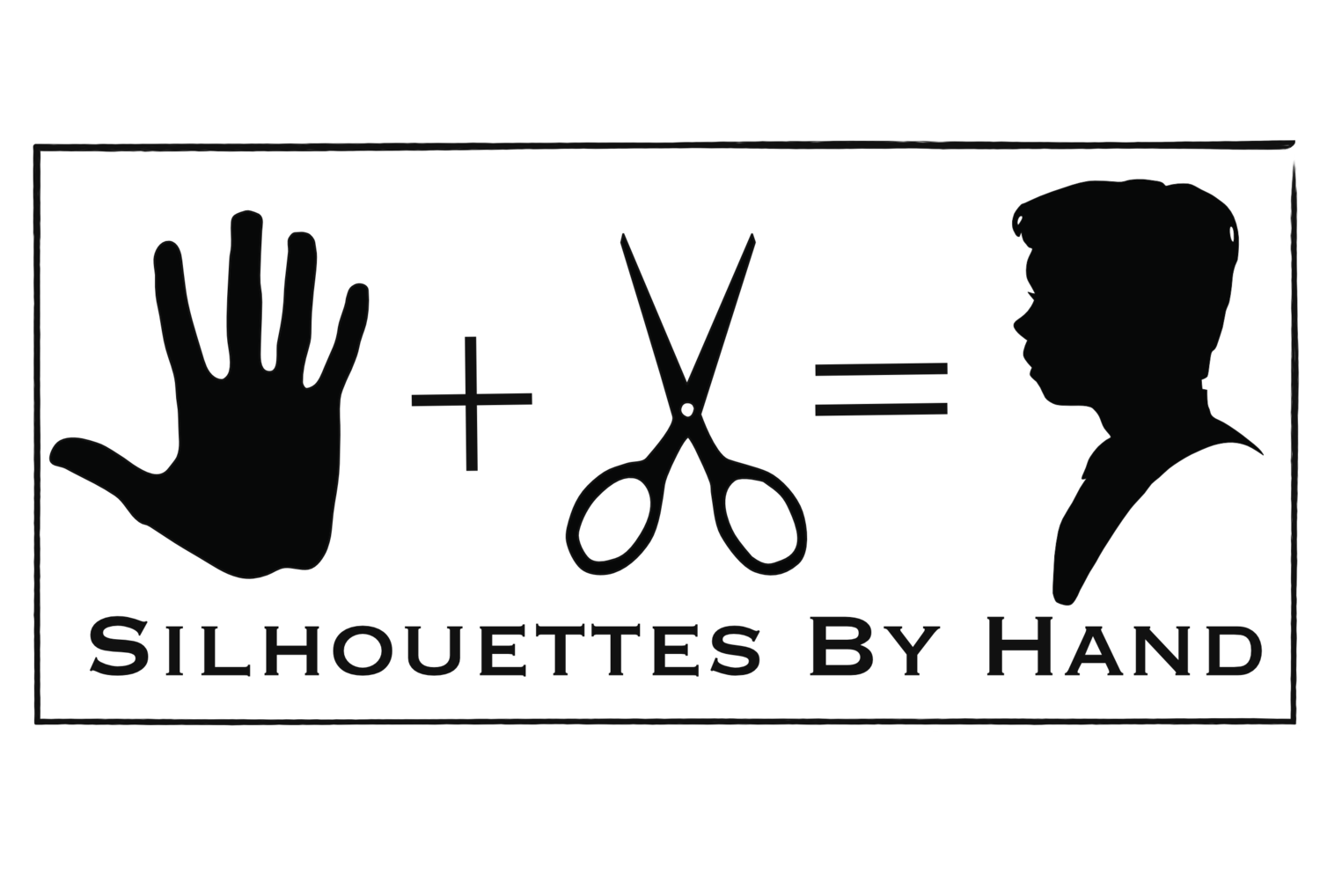Originally published in March 2013
Enclosed here is a brief video that shows a meditative and satisfying historic trade (craft or profession): printing. As the title says, I consider the video a love-letter to printing. There are fewer work to more more peaceful than working this press.
As a historic tradesperson (a portrait artist), I believe it is my responsibility to know, learn, and understand the factors that created the lifestyles of the history I represent, for my work in museums.
I have plowed fields with mules, horses, and oxen; printed on presses; made clothing by hand; blacksmithed; worn all manner of period clothing, including corsets, stays, petticoats, hoops, and hairstyles; I own period-historic tents; I have cooked over fires; I have harvested tobacco fields; I have trod in animal manure ... and more.
For this project, I had a plate cast in magnesium to do multiple prints. A "plate" (a piece of metal with my text raised, but it reads backwards so it can print forward-reading) is made so that a press can create many copies of the same document, without having to set type by hand, letter by letter. I created the design for the plate, and printed all the copies on historically-comparable paper.
About this machine:
This specific Liberty Press has been continuously working since 1862. This particular press is the oldest known working Liberty in the world, as verified in this chart. More information on Liberty presses can be found here.
All credit goes to those organizations and people who allowed me to enjoy such a deeply interesting adventure:
- The Association for Living History, Farm and Agricultural Museums, for their continuing professional development conferences
- The Farmers Museum, of Cooperstown NY , part of the New York State Historical Association
- Master Printer Ted Shuart, of the Farmer's Museum's recreated ca.1845 historic village
